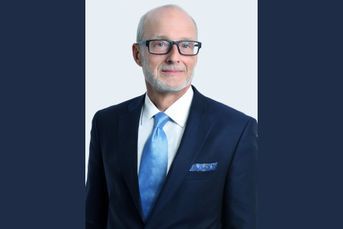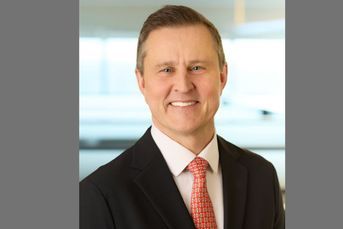Retiree health care cost estimate ‘flat,’ Fidelity says

For the first time in nearly a decade, anticipated health care costs for retirees were unchanged from the previous year's estimate.
“Flat” is the new relief for retirees, according to a report from Fidelity Investments.
The annual Retiree Health Care Cost Estimate Fidelity released Wednesday shows a 65-year-old retiring in 2023 can expect to spend an average of $157,500 for health care and medical expenses during retirement. The amount matches last year’s estimate, making it the first time in nearly a decade that the anticipated health care costs for retirees have stayed flat year-over-year.
Fidelity points out that the estimate assumes retirees are enrolled in traditional Medicare, which between Medicare Part A and Part B covers expenses such as hospital stays, doctor visits and services, physical therapy, lab tests and more, as well as Medicare Part D, which covers prescription drugs.
The asset manager also noted that while its 2023 estimate remained the same as the 2022 estimate, it is nearly double the $80,000 it estimated for a single retiree in 2002.
“While this year’s estimate offers a welcome reprieve from a decade of increasing health care costs, retirees are still expected to cover significant costs above and beyond what Medicare covers,” Hope Manion, senior vice president and chief actuary for Fidelity Workplace Consulting, said in a statement. “Understanding what your health care costs may be in the future is an essential part of the retirement planning process.”
Nina Lloyd, president and CEO of Opus Financial Advisors, part of Advisor Group, said that the report was encouraging “on the surface.
“Unfortunately, the finding doesn’t help retirees sleep better at night,” Lloyd said. “Most American retirees worry about outliving their money. The only way to alleviate that fear is committing to a disciplined financial plan during and after your time at work.”
As for helping current and future retirees to meet future health care costs, Fidelity offers a number of suggestions, including opening a health savings account, which allows eligible account holders with a high-deductible health plan to pay for qualified medical expenses in a tax-advantaged way, now through retirement.
Adam Rosenfeld, president of Rubicon Benefits, a division of World Insurance, said a lot of people fail to understand that an HSA can not only be an extremely powerful tool for health care spending, but can also be used as an additional vehicle to save money long term.
“We have many clients, often business owners, who are looking for extra ways to save money for retirement but would not have thought of using an HSA,” Rosenfeld said. “Educating them about how HSAs offer an alternative savings strategy that is triple-tax-advantaged, can earn tax-deferred interest and can be used tax-free later in life opens up a whole new way for them to build their financial wellness.”
Here’s what wealth advisors need to know before going solo
Learn more about reprints and licensing for this article.








